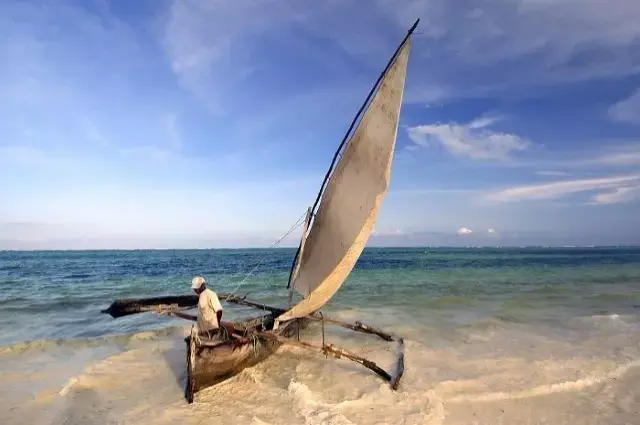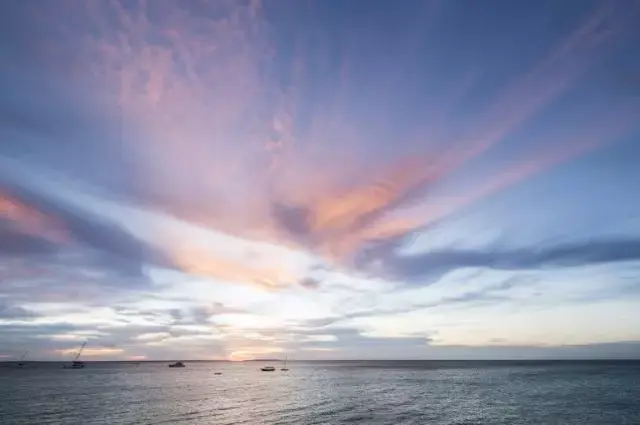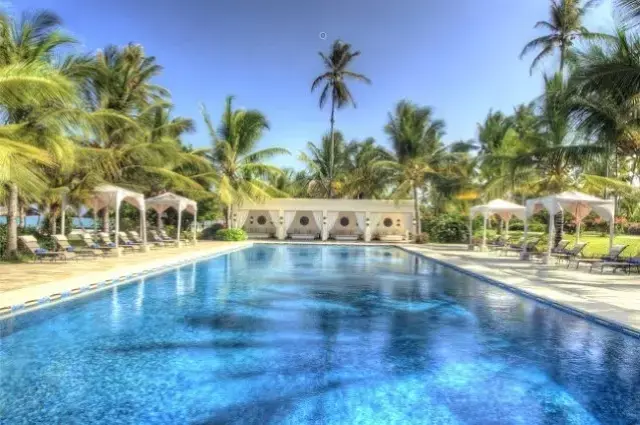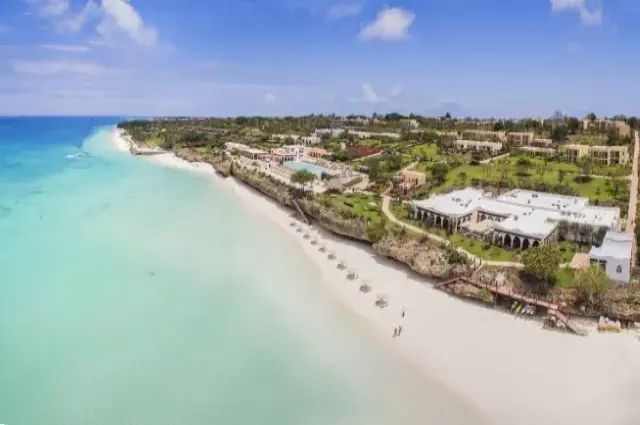Zanzibar Specialist Holidays Travel Agent
Get in touch with our Zanzibar specialists Clare & Jo today by email, contact form or by calling +44 (0)1580 712 690
Geography
Lying in the Indian Ocean, 35km off the coast of mainland Tanzania, the archipelago of Zanzibar is one of Africa's best-known and most enticing destinations. Comprising the islands of Unguja and Pemba and a number of smaller isles and coral atolls, the name evokes images of a laid back paradise complete with coconut palms, coral reefs and miles of white sandy beaches.The two large islands are Unguja (usually called Zanzibar) and Pemba. Unguja is about 85km long and between 20-30km wide. Pemba is about half this size.
Language
Swahili is the official national language of Zanzibar. Many locals also speak Arabic and French. English is also spoken in the main tourist areas.Religion
The population of Zanzibar is almost entirely Muslim.Currency
The national currency in Zanzibar is the Tanzanian Shilling, but US$ is widely accepted.Cuisine
Given the island's history it is not surprising that Zanzibar offers a mixture of culinary traditions including Bantu, Arab, Portuguese, Indian and British cuisine. Traditional dishes centre around the use of seafood and of course the plethora of spices that are available.Plastic Ban
Effective 1 June 2019 the Tanzanian Government has introduced a ban on plastic. The ban applies to all plastic carrier bags, regardless of their thickness. Visitors to Tanzania are advised to avoid carrying plastic bags or packing plastic carrier bags or items in plastic carrier bags in your suitcase or hand luggage. A special desk will be designated at all entry points for surrender of plastic bags that visitors maybe bringing in the country.However, plastic or plastic packaging for medical services, foodstuff,sanitary and waste management are not prohibited. In addition, plastic carrier items known as Ziploc bags that are specifically used to carry toiletries will be permitted as they are expected to remain in the permanent possession of visitors and are not expected to be disposed in the country.
Zanzibar
What To Do
When To Go
Getting There
Travel Advice
History
Safari & Beach













